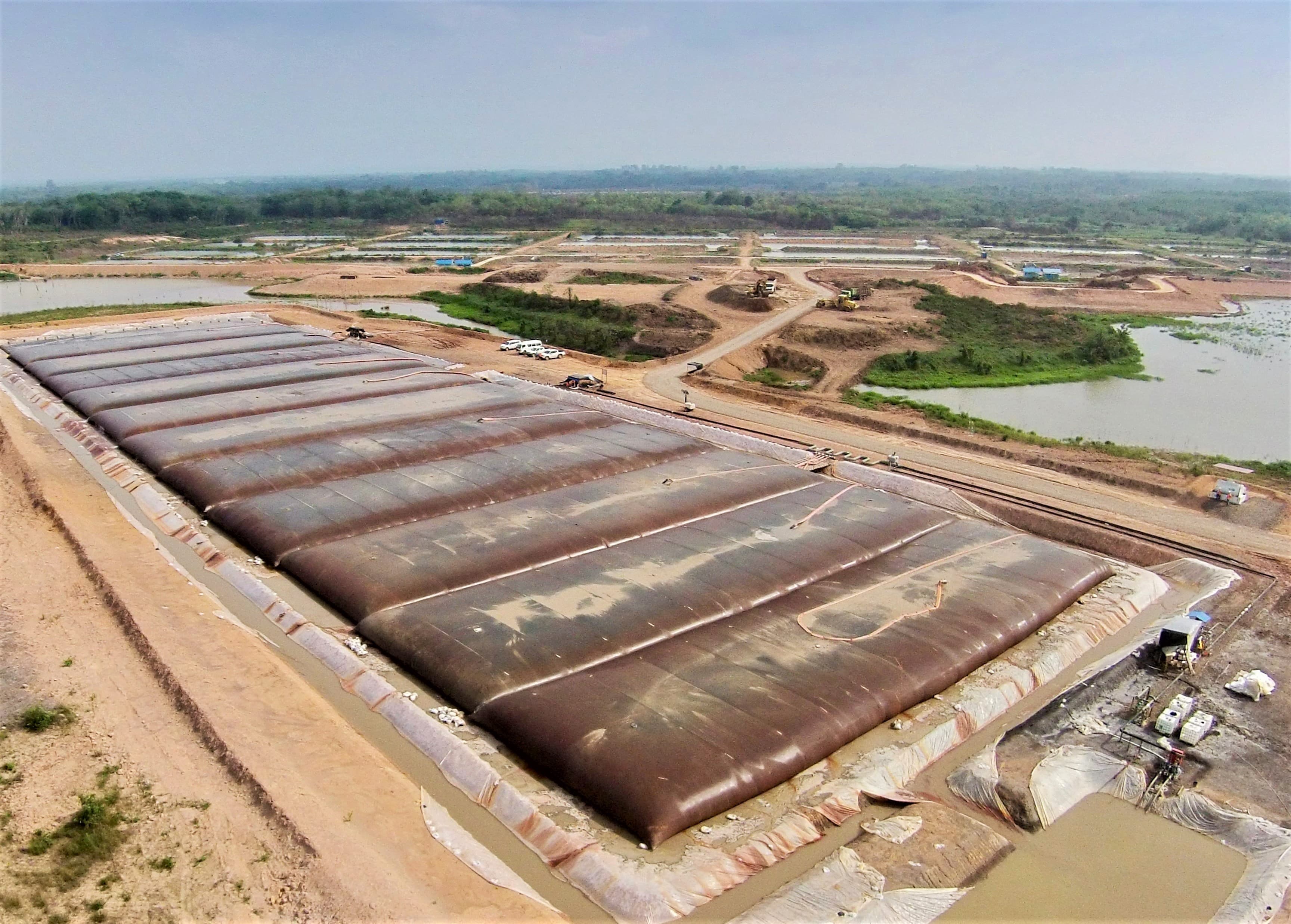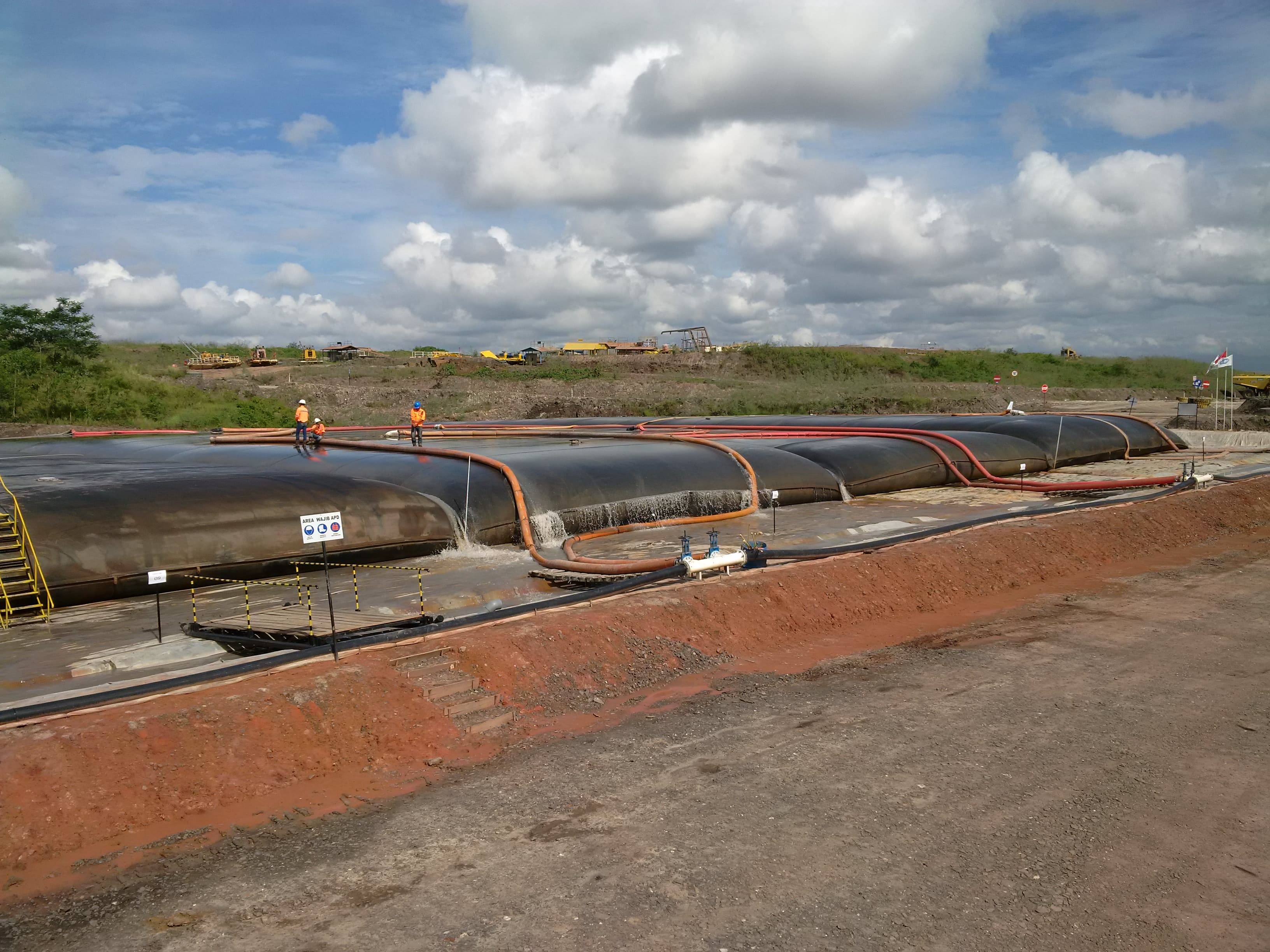What are geotextiles? A clear guide to how they work and where they’re used

How to enhance mining operations with GEOTUBE dewatering systems
The application of GEOTUBE dewatering containers in mining operations is not just about managing water – it is about transforming slurry management to achieve operational excellence. The technology's proven effectiveness across a broad range of slurry types makes it an indispensable tool for engineers seeking to optimize dewatering processes. Whether for industrial wastewater, agricultural runoff, municipal projects, or environmental dredging, GEOTUBE dewatering solutions offer a path to improved operational efficiency, environmental compliance, and cost savings.
The mining and mineral processing industries face continuous challenges in managing the dewatering of mine and mineral slurries. Excessive water in mining operations can create stability issues, cause dewatering containments to reach capacity, and necessitate the use of efficient dewatering systems to solve or mitigate operational problems. The GEOTUBE dewatering technology offers a promising solution to these challenges, prompting a growing interest among engineers and industry professionals.
GEOTUBE dewatering technology for dewatering
The concept of dewatering mine and mineral slurries using GEOTUBE systems is gaining traction as a viable solution to the problems posed by excess water in mining operations. These systems are designed to dewater a broad range of slurry types effectively, thereby improving operational efficiency and environmental compliance. The technology's capability is well-proven across various applications, including industrial wastewater processing, agriculture, municipal projects, and environmental dredging.
The table below indicates a range of values of solid slurry concentrations handled and final dewatered solids concentration achieved for a range of typical slurry types. The typical increase in dryness achieved using GEOTUBE dewatering technology is significant but notice the units of measurement:
Waste material | Typical slurry units of measure | Specific initial solids concentration, S0(5) | Final solids concentration (at end pump cycle) Sf(%) | Possible solids concentration (allowed to dry) SD(%) |
Mineral processing | tons | 10 -45 | 40 – 70 | 60 - 80 |
Contaminated sediments | Tons or m3 | 10 - 14 | 35 - 70 | 45 – 80 |
Biosolids | m3 | 1 - 4 | 15 - 25 | 20 – 30 |
Agricultural waste | m3 | 2 – 4 | 20 - 25 | 25 – 30 |
Industrial by-product waste | m3 | 4 - 10 | 25 – 75 | 30 - 80 |
Operational considerations and cost evaluation
When assessing the feasibility of GEOTUBE dewatering projects, a comprehensive evaluation of the fabrics used in tube construction is critical to ensure reliable performance. The process involves determining the most suitable tube configurations to handle the slurry volumes and evaluating the costs associated with the dewatering system. For mining and mineral slurries, costs are typically assessed in dollars per ton, reflecting the industry's focus on mass rather than volume. This contrasts with non-mineral slurries, which are evaluated in dollars per cubic meter of solids.
Compared to conventional mechanical dewatering systems, GEOTUBE dewatering containers are particularly cost-effective for specific volumes of slurry within defined parameters. Although it may not compete with conventional mass storage facilities for handling high daily slurry flows, it offers significant advantages in enhancing specific operational issues and developing more economical end-of-life closure options.
Implementing GEOTUBE dewatering projects: safety and complexity
The practical implementation of GEOTUBE dewatering projects involves addressing a range of operational issues, including deployment, pumping, polymer dosing, stacking, and safety. Decisions regarding who will undertake the work are crucial, with options including skilled specialist applicators for complex tasks and mine/on-site manpower for simpler applications.
Safety is a paramount concern in mine sites, influencing every aspect of GEOTUBE dewatering projects. When tubes are stacked, considerations such as walkway space, access over drainage channels, and correct tube positioning become critical to ensure a safe and efficient operation.
As the mining industry continues to evolve, the adoption of innovative solutions like GEOTUBE dewatering systems will play a pivotal role in addressing the complex challenges of slurry management.
